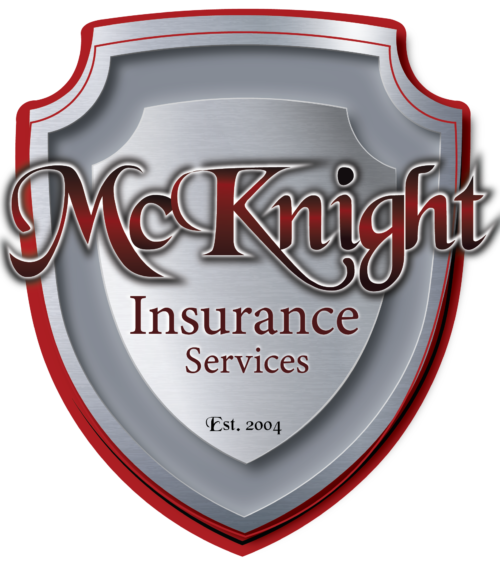June 1, 2022
What Homeowners Insurance Covers
Home insurance plans often include six categories of coverage.
When you invest in your home, you want to protect that investment. Homes are not cheap nor are they easy to replace. Homeowners insurance provides financial relief if a covered event damages your home, property, or personal belongings, and more.
What Is Homeowners Insurance?
If an event covered by your policy damages or destroys your house or valuables, homeowners insurance pays compensation. It will also protect you if you harm someone else or cause property damage in certain circumstances. Homeowners insurance serves four primary purposes:
Repair your house, yard, and other structures.
Repair or replace your personal belongings.
Pay for you to live elsewhere while your house is being repaired.
Cover personal liability if you’re held legally responsible for damage or injury to someone else.
Is Homeowners Insurance Required?
Although homeowners insurance isn’t required by law, if you have a mortgage, your lender will almost certainly need you to insure your property to safeguard its investment. A homeowners policy is a financial safety net that provides property and liability coverage and is a good idea even if you don’t have a mortgage.
What Does Homeowners Insurance Cover?
There are six categories of coverage that are often included in standard home insurance plans.
Dwelling
Covers damage to the home and attached structures, such as a porch, attached garage, walls, floors, and windows. This coverage usually pays out enough to rebuild your home.
Other Structures
Covers stand-alone structures on your property, such as a fence, shed, or detached garage. This coverage typically pays out 10% of dwelling coverage for damages.
Personal Property
Pays to repair or replace belongings that are stolen or damaged in a covered event, such as clothes, furniture, electronic devices, and appliances. This coverage typically covers 50% to 70% of dwelling coverage.
Loss of Use
Sometimes called “additional living expenses,” the loss of use section of your homeowner’s policy can come in handy if your home is too damaged to live in. This coverage helps pay for temporary living expenses (hotels, restaurant meals) while your home is being repaired and pays out 20% of dwelling coverage.
Personal Liability
Pays if you injure someone or cause property damage unintentionally or through neglect. Coverage generally extends to anyone in your household, including pets, and can pay roughly $100,000 to $500,000.
Medical Payments
Pays to treat someone injured on your property, regardless of who’s at fault. It also pays if you, a family member, or a pet injures someone elsewhere. This payout can range from $1,000 to $5,000.
What’s Not Covered By Homeowners Insurance?
Even the most comprehensive homeowners insurance coverage will not cover everything that can go wrong with your home. However, there may be additional policies you can add for:
Flooding, including drain and sewer backup.
Earthquakes, landslides, and sinkholes.
Infestations by birds, vermin, fungus, or mold.
Wear and tear or neglect.
Nuclear hazard.
Government action, including war.
Power failure.
Get the Right Coverage
According to NerdWallet, the average cost of homeowners insurance is $1,784 per year. However, depending on your region and the level of coverage you get, rates might vary dramatically.
Talk to a McKnight Insurance Specialist to help you get the right coverage.


